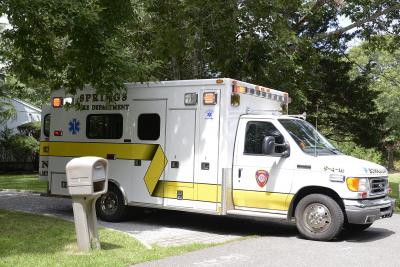Funeral Services for Paul Hansen Start Wednesday
Funeral Services for Paul Hansen Start Wednesday

Funeral arrangements for Paul Hansen, who was killed in a car accident near his home on Rolling Hills Court East in Noyac early Sunday morning, have been finalized.
A wake will be held at the Yardley and Pino Funeral Home in Sag Harbor Village on Wednesday from 5 to 8 p.m., according to Ken Yardley, the funeral director. A Mass will be said on Thursday morning at St. Andrew's Catholic Church, also in the village, at 10:30 a.m. Burial will be private.
Mr. Hansen, a 53-year-old real estate salesman and father of two boys, was the passenger in a 2013 Porsche convertible that crashed into a utility pole at about 2 a.m. on Sunday. Southampton Town police said the driver, Sean P. Ludwick, was driving drunk and fled the scene. He is being held on $500,000 cash or $1 million bond in Suffolk County jail.








